By JoJo Brennan, Trustees Staff
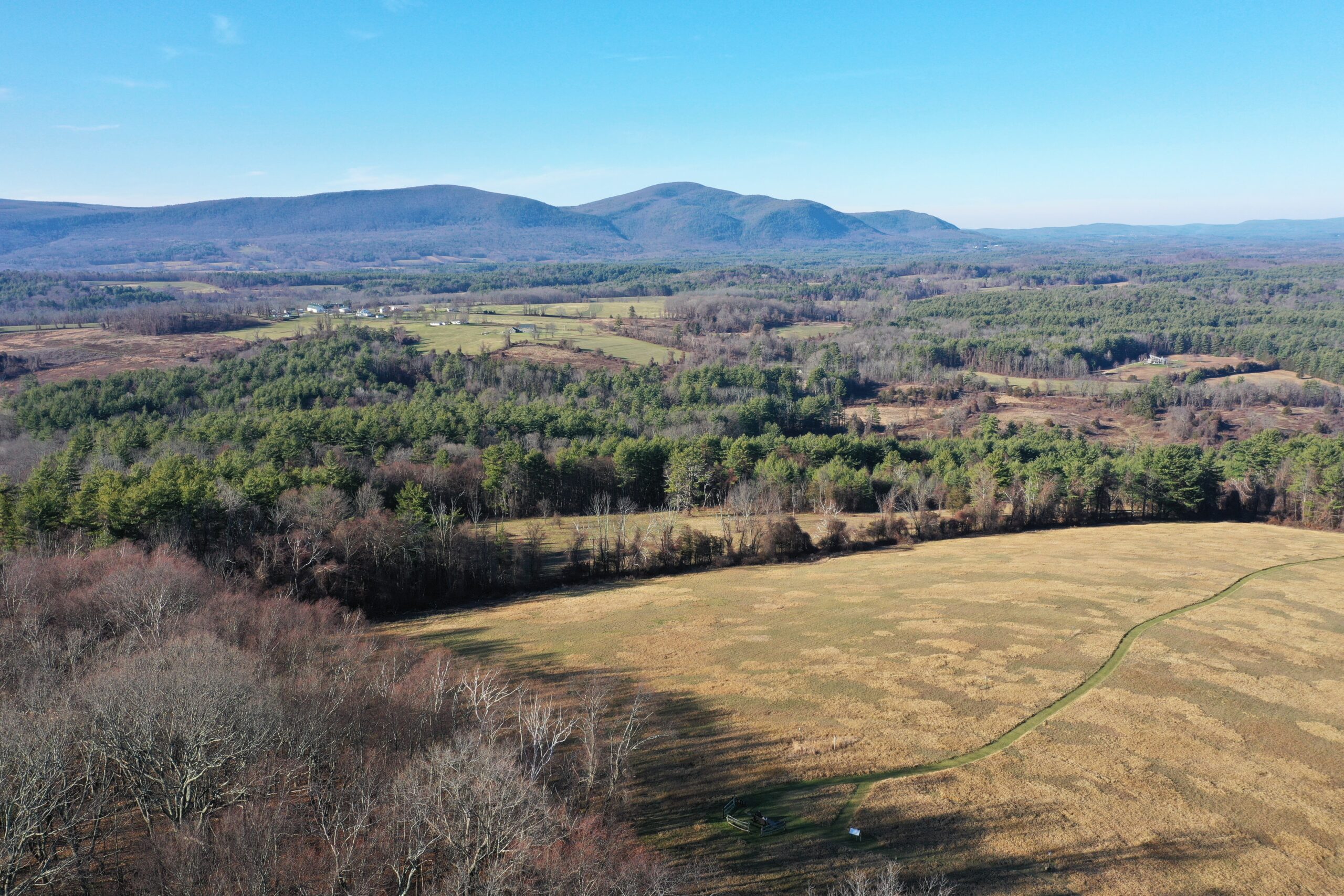
A portion of the Cooper Hill Conservation Project in Sheffield, as seen from above Bartholomew's Cobble
The centerpiece of the Trustees mission is protecting places of ecological, scenic, and historic importance for everyone, forever. At the center of the organization’s ability to reach that goal is its eight-person land conservation team.
The Trustees’ Land Conservation team searches for land across the Commonwealth that has significant cultural, agricultural, scenic, natural, and recreational ties. They develop relationships with landowners and partners within the community—embarking on, often years-long (and occasionally generations long) journeys to bring conservation restrictions and new reservations under Trustees’ stewardship and ownership—and with partner organizations in achieving conservation. “Land conservation is the forward-looking part of our mission,” shared Jennifer Dubois, Vice President of Land Conservation. And land conservation is tied to every aspect of the Trustees’ future work.
Why Now?
In the organization’s new strategic plan (see Charting a Bold Future), The Trustees is embarking on an ambitious goal to accelerate conservation — increasing the average acreage protected annually from approximately 300 acres to more than 2,000 acres.
“We have to move fast, be bold, and think bigger,” said Dubois. “We need to partner with other organizations, support their work, and be creative in finding conservation solutions that work for landowners and for communities.”
“Fast” because this comes at a time when a generational land transfer is occurring. An aging baby boomer population and an aging farmer population are looking at options for continued stewardship of their land. The real estate market and other economic factors are putting additional pressure on these landowners to make decisions about the future of their land.
“Now is also a time where more than ever people are disconnected from nature and each other,” continued Dubois. “Conservation of open, scenic, wild, and agricultural lands is imperative to the health and wellbeing of individuals and communities.”
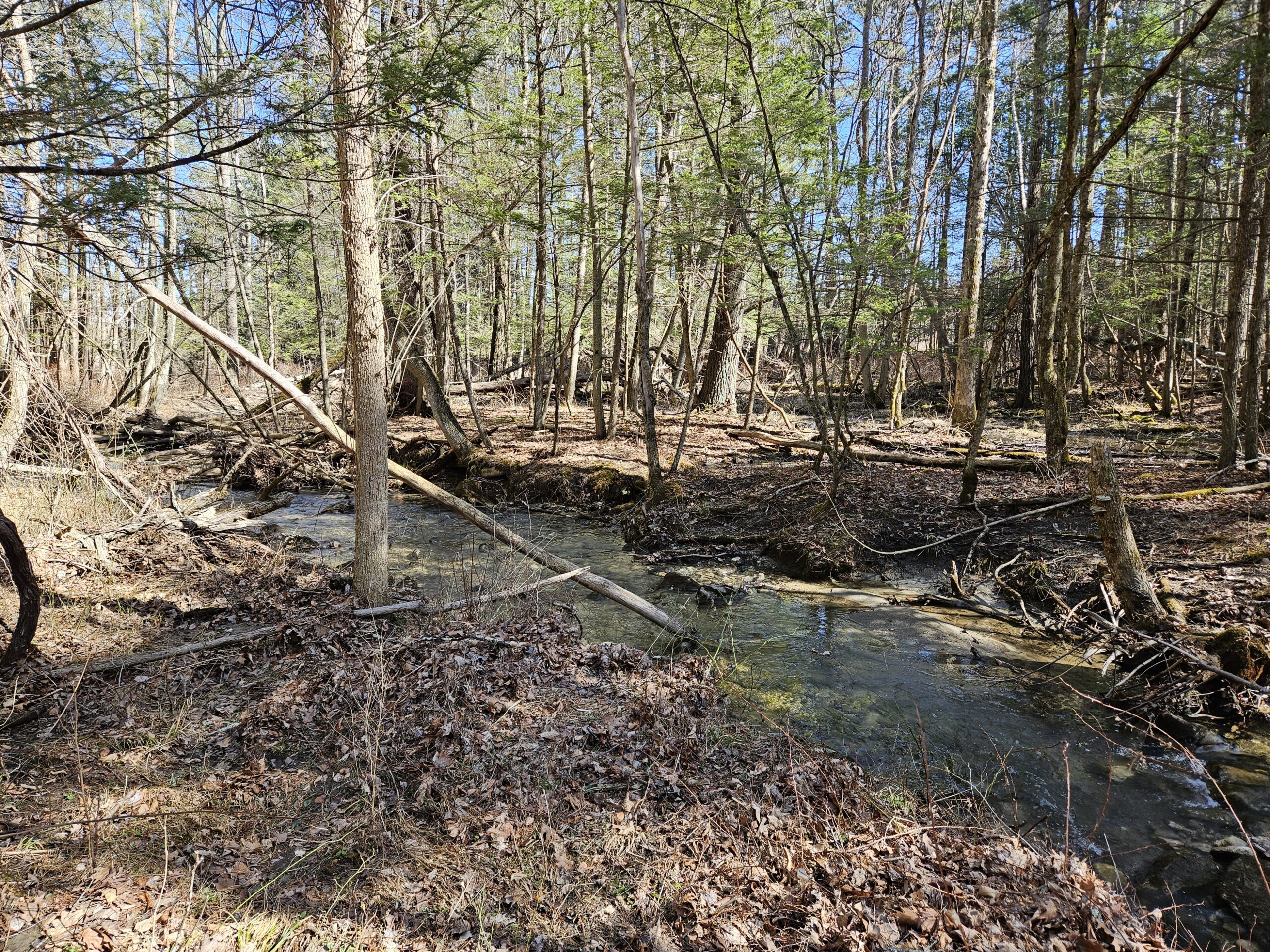
A portion of the Cooper Hill Conservation Project
People: At the Center of it All
The Trustees mission is focused on sharing conserved land and making it available for everyone, forever. Conserved land provides respite, a place for people to recreate, decompress, and connect with each other through nature.
“We want to conserve places that welcome all people and that provide meaningful opportunities to connect with nature and with each other. We are always looking to grow our relationships with the hundreds of communities throughout the state.” Dubois continued, “By providing these opportunities, people and communities have the chance to appreciate the importance of nature in their lives and be inspired to take action themselves.”
Land conservation also supports the health and wellbeing of individuals and communities, whether they are accessing the land or enjoying the benefits from afar. Conserved land contributes to the protection of clean air and drinking water, and provides habitat for flora and fauna, among many other benefits that promote climate resilience.
The Trustees is embarking on an ambitious goal to accelerate conservation — increasing by more than six-fold the average acreage protected annually…
– Jennifer DuBois
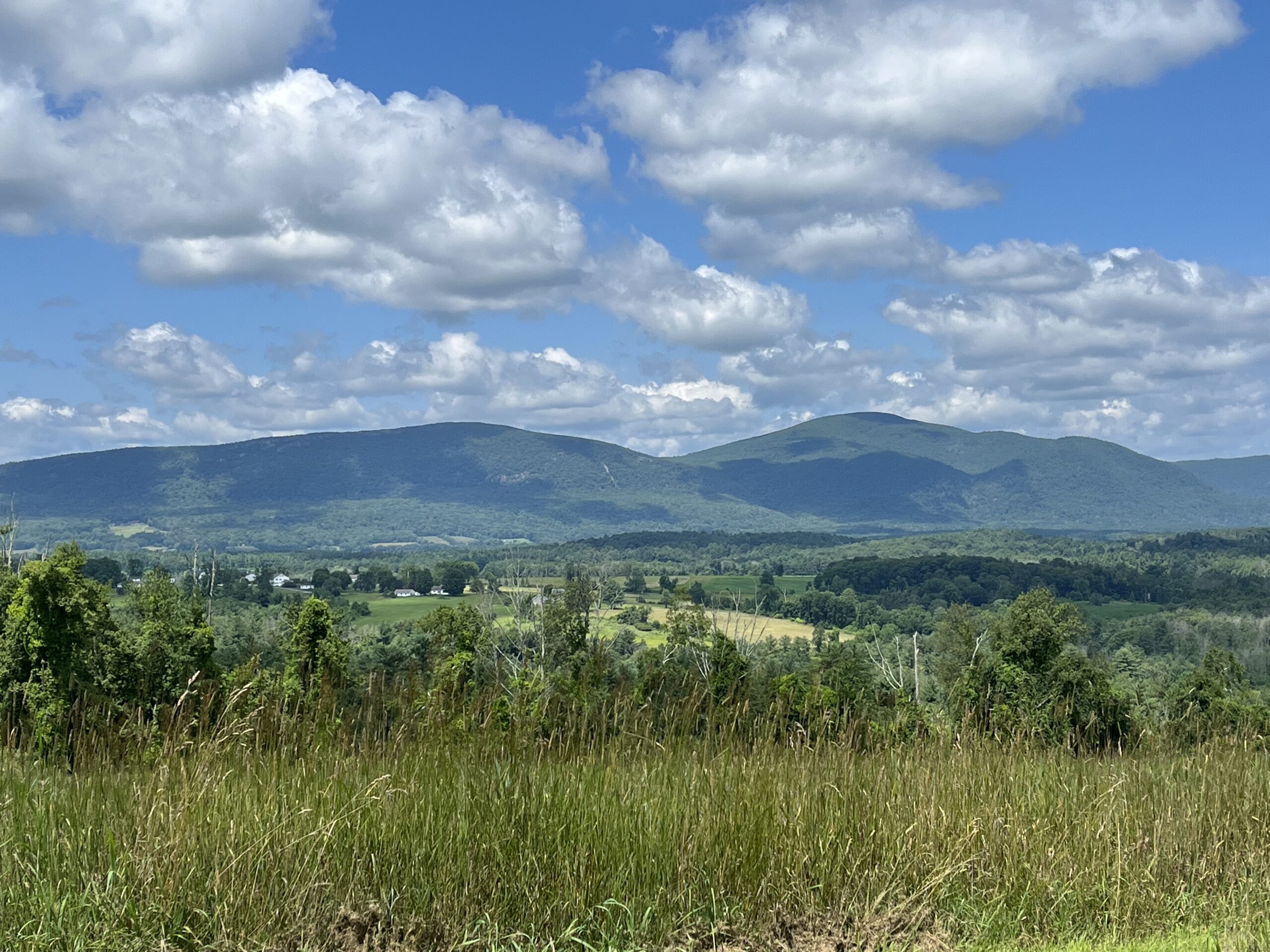
The view of Cooper Hill from Bartholomew's Cobble
What We’re Working On
A vast array of projects are in the Trustees’ conservation pipeline. Among the significant efforts that Members will soon be hearing more about are:
Cooper Hill Conservation Project
The Trustees recently partnered with nine other conservation organizations in Massachusetts and Connecticut to protect more than 1,000 acres surrounding Bartholomew’s Cobble in Sheffield in a project known as the Cooper Hill Conservation Project. This landscape-scale effort resulted in 160 acres acquired by The Trustees to be added to the Cobble, the 444-acre Pine Island Farm protected and sold to a new farmer, and two parcels of land acquired for conservation just over the border in Connecticut.
The Healey-Driscoll Administration dedicated more than $4 million in Agricultural Preservation Restriction (APR) funding for the conservation of Pine Island Farm, and a Landscape Partnership Grant through the Executive Office of Energy and Environmental Affairs. “This project is a wonderful example of the way that we can work together with other organizations, including the state, in public-private partnerships to achieve greater impact,” said Dubois.
The Trustees continues to pursue more opportunities to create connected
landscapes like Cooper Hill. These spaces create wildlife corridors, allowing for species migration due to climate change adaption, and create more resilient natural lands. “The Cooper Hill example is just one example,” said Dubois. “Together with our partners we have knit together this conservation of habitat, forestland, and farmland that is predominantly unfragmented.”
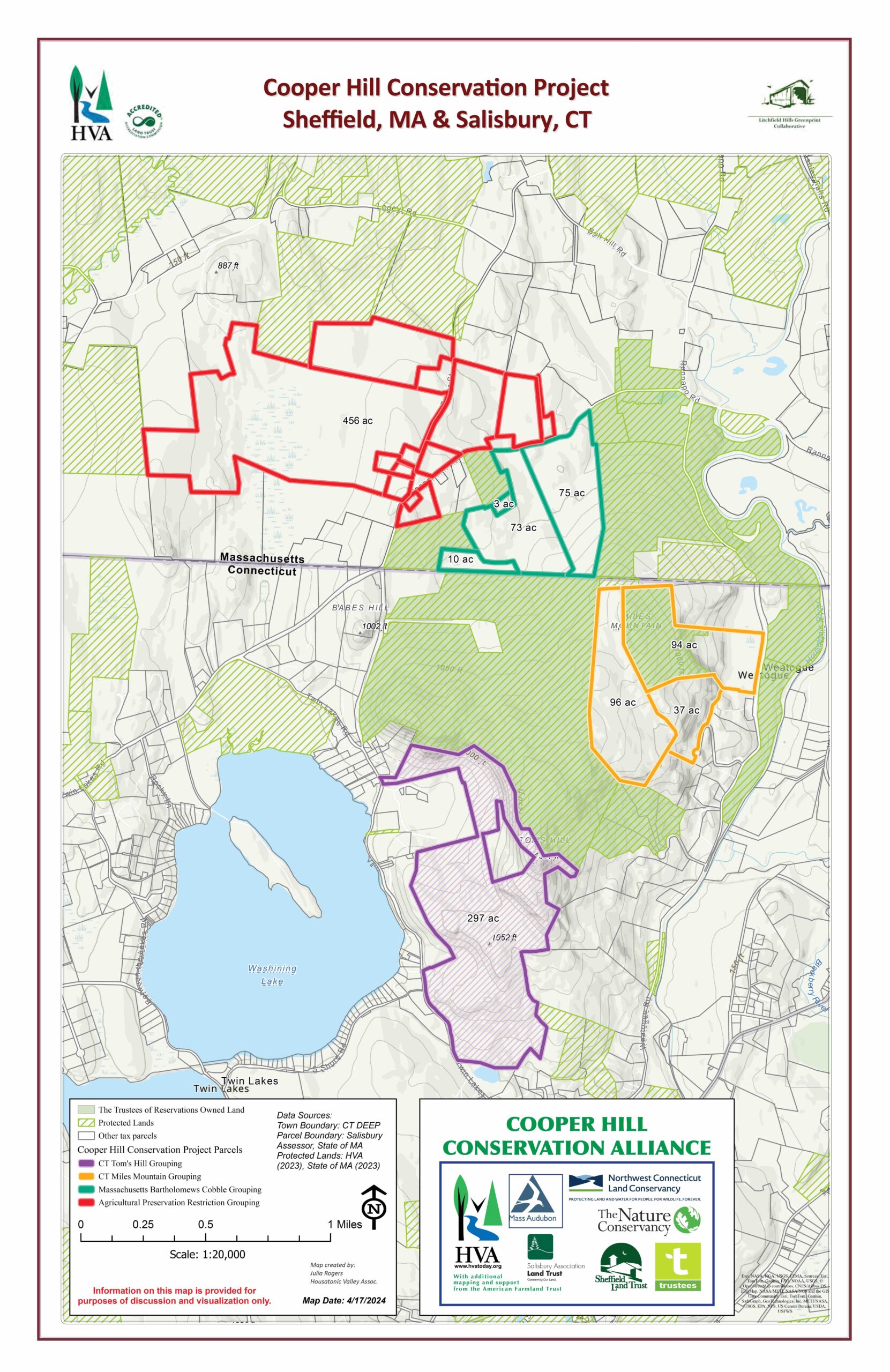
Cooper Hill Conservation Project Map
Westport Land Conservation Trust
The Trustees recently partnered with the Westport Land Conservation Trust (WLCT) to protect 142 acres adjacent to WLCT’s signature property, Westport Woods. The Trustees pre-acquired the property in 2024 to facilitate a public grant for WLCT and now holds a Conservation Restriction over this property, which WLCT will manage for passive recreation.
Rewilding Beaver Brook
At press time, The Trustees is finalizing the acquisition and conservation of the 250-acre Beaver Brook golf course and surrounding woodlands in Williamsburg and Northampton in partnership with Hilltown Land Trust. Beaver Brook will be the organization’s first golf course restoration project—plans include the restoration of the Beaver Brook watershed and activating trails for recreation.
Conservation Restrictions
Conservation Restrictions (CRs) are another tool to protect private land from development. A landowner, whether they are an individual, family, trust, nonprofit, etc., chooses to work with a qualified conservation organization—such as The Trustees—as holder, to create a state-approved CR document specific to the property.
A CR protects conservation values and public benefits by prohibiting certain
actions such as subdivision of the property and the cutting of its trees, while permitting the landowner to retain specific other rights or actions such as managing hiking trails or growing crops on farmland, as well as the right to donate or sell the property in the future. Conservation Restrictions are permanently attached to the property.
The Trustees’ Land Conservation team is constantly pursuing more opportunities to help establish CRs across the Commonwealth. “It’s fascinating that we have protected more than 20,000 acres via CR in the 53 years since Conservation Restrictions began, yet it’s taken 134 years to acquire the 27,000 acres that we steward and manage ourselves as reservations,” shared Dubois. “So, conservation restrictions are a complementary tool to the work that we do on our reservations.”
Despite their private nature, Conservation Restrictions are another land conservation tool that benefits people. “These restrictions can protect water and forests, all of which contributes to carbon sequestration,” said Dubois. “They can be created in larger blocks of open space nestled within land that is publicly accessible. Protecting land with conservation restrictions provides public benefits even when the public is not stepping foot on those parcels.”
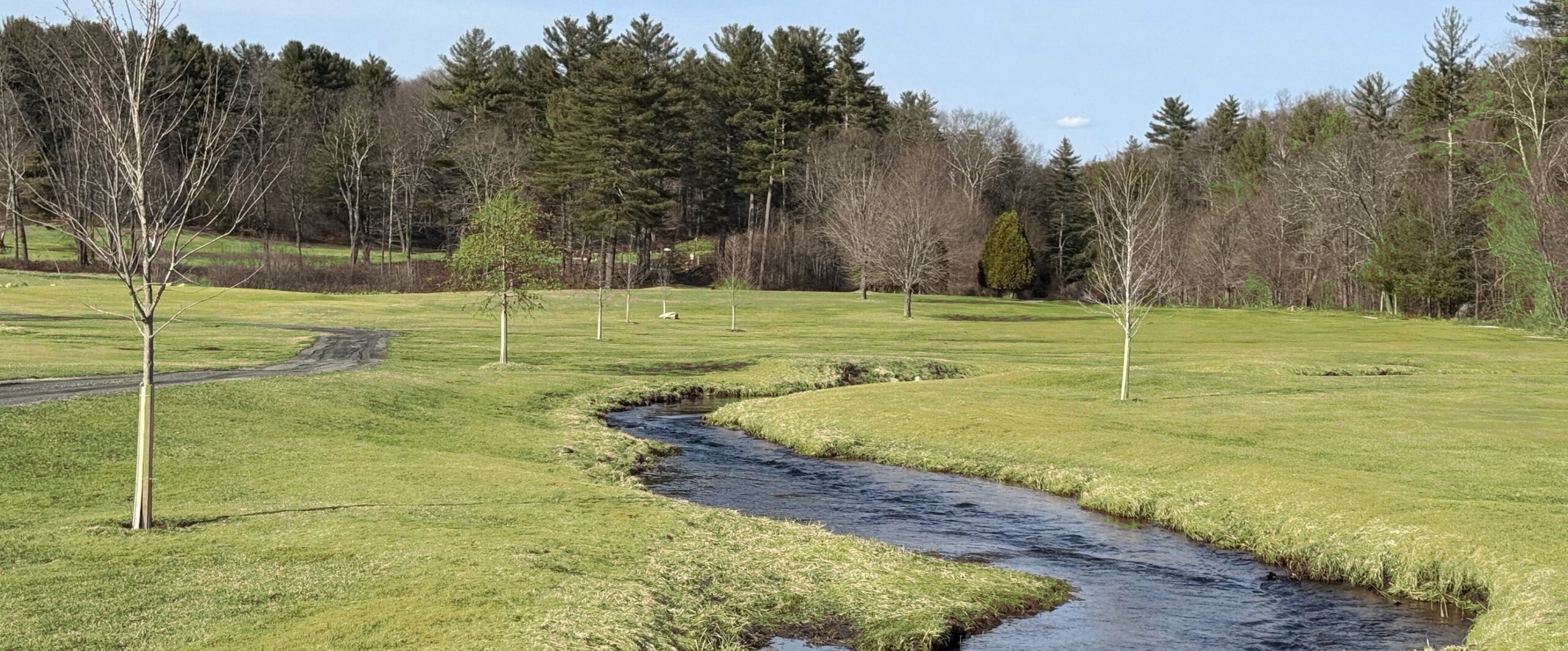
The Trustees is rewilding Beaver Brook in Williamsburg and Northampton
The Future
Land conservation will drive The Trustees forward in years to come, as a critical strategic initiative that offers hope in the face of a changing climate. “I find hope in people. In the willingness of landowners to work with us, the collaborative nature of our nonprofit and government partners, the generosity of our supporters, Members, and donors, and the dedication of our team to do this work,” said Dubois.
“I want people to find hope in their experiences in nature. To go on a walk in the fall and feel the leaves crunching under your feet. To sit at the ocean’s edge and feel the wind and hear the waves crashing. Biting into that fresh-picked strawberry, or visiting your local farm stand,” she continued. “I hope people have these experiences in our conserved spaces and see that they are a part of nature. That’s why we do this work.”




